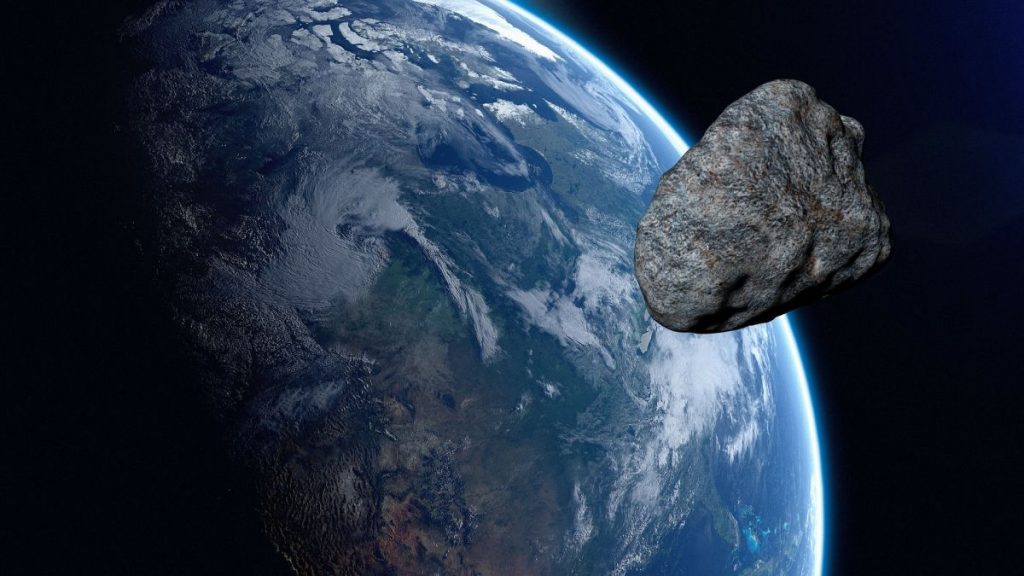You can tune in live Thursday and Friday (May 26 and 27) to watch an asteroid barrel past our planet at 10 times the distance of our moon.
The space rock is known as asteroid 7335 (1989 JA) and is four times the size of the Empire State Building. While that’s the largest asteroid flyby of 2022 yet, the rock will remain at a perfectly safe distance to our planet. The Virtual Telescope Project will run a webcast of the flyby beginning at 7 p.m. EDT (2300 GMT) on May 26 and again at 9 a.m. EDT (1300 GMT) on May 27; you can watch the flyby in the window above or directly through the project’s website (opens in new tab).
Looking for a telescope for the next skywatching event? We recommend the Celestron Astro Fi 102 (opens in new tab) as the top pick in our best beginner’s telescope guide.
The asteroid should be bright enough to glimpse in a moderate-sized amateur telescope, particularly from the southern hemisphere, Virtual Telescope Project founder Gianluca Masi noted. The asteroid is roughly 1.1. miles (1.8 kilometers) in diameter and its closest approach is a quite healthy 2.5 million miles (4 million km) away from Earth.
Related: The greatest asteroid missions of all time!
The asteroid 7335 (1989 JA) is technically classified as “potentially hazardous,” but that is more a designation based on its relative size (larger than 492 feet or 150 m) and the distance at which the object approaches Earth, among other factors.
NASA’s Planetary Defense Coordination Office has found the object to be no threat at all. You can keep track of other prominent upcoming flybys (opens in new tab) and the agency’s Small-Body Database (opens in new tab) to learn more about asteroids.
The agency does maintain a curated list of asteroids (opens in new tab) with a tiny and statistically improbable chance of impact, but none of these are an immediate worry. The agency also keeps this pate updated. For example, asteroid Apophis was removed from the list in 2021 after new observations show it poses no threat at all in the next century.
Agencies around the world are also conducting missions to learn more about the composition and history of asteroids.
Examples include the Double Asteroid Redirection Test (DART) mission aiming to redirect a moonlet (asteroid moon) and OSIRIS-REX (Origins, Spectral Interpretation, Resource Identification, Security, Regolith Explorer), which will bring a sample of asteroid Bennu to Earth in 2023.
These missions are done to assess the composition of asteroids just in case, and space agencies are also getting better at tracking asteroids. That’s why it might appear there are so many space rocks going by us these days.
Follow Elizabeth Howell on Twitter @howellspace. Follow us on Twitter @Spacedotcom and on Facebook.

